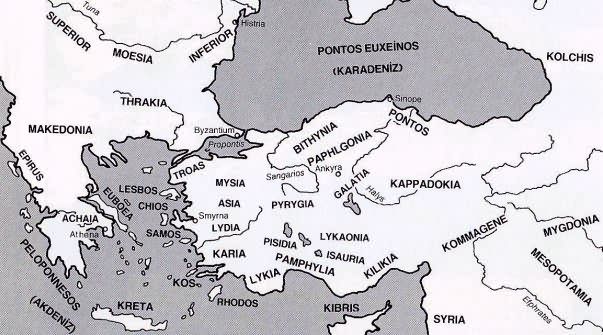 |
|
|
|
|
|
THE HELLENISTIC KINGDOMS
The new era, that began with Alexander the Great and ended with Roman Emperor Augustus (30 BC), is called the Hellenistic Period when oriental spirit mixed with Greek civilization. |
|
http://www.foundalis.com/lan/c/HomerOdysseyEn.htm
|
|
|
|
|
|
|
|
|
||
|
web design from
|










